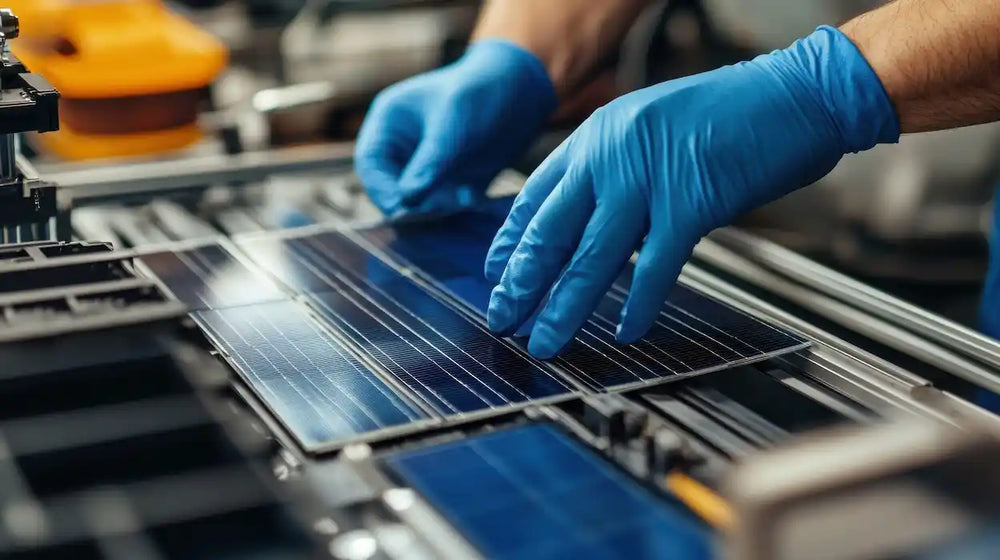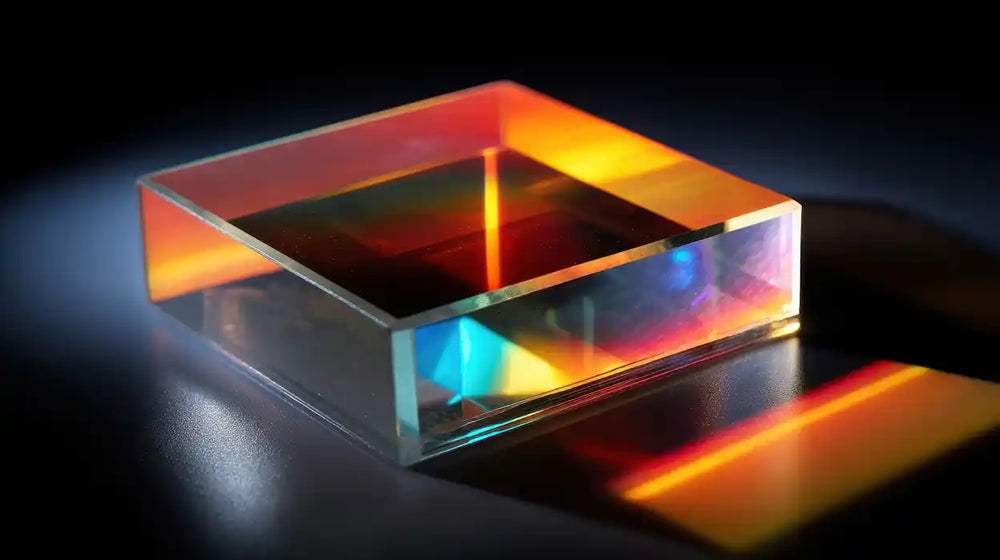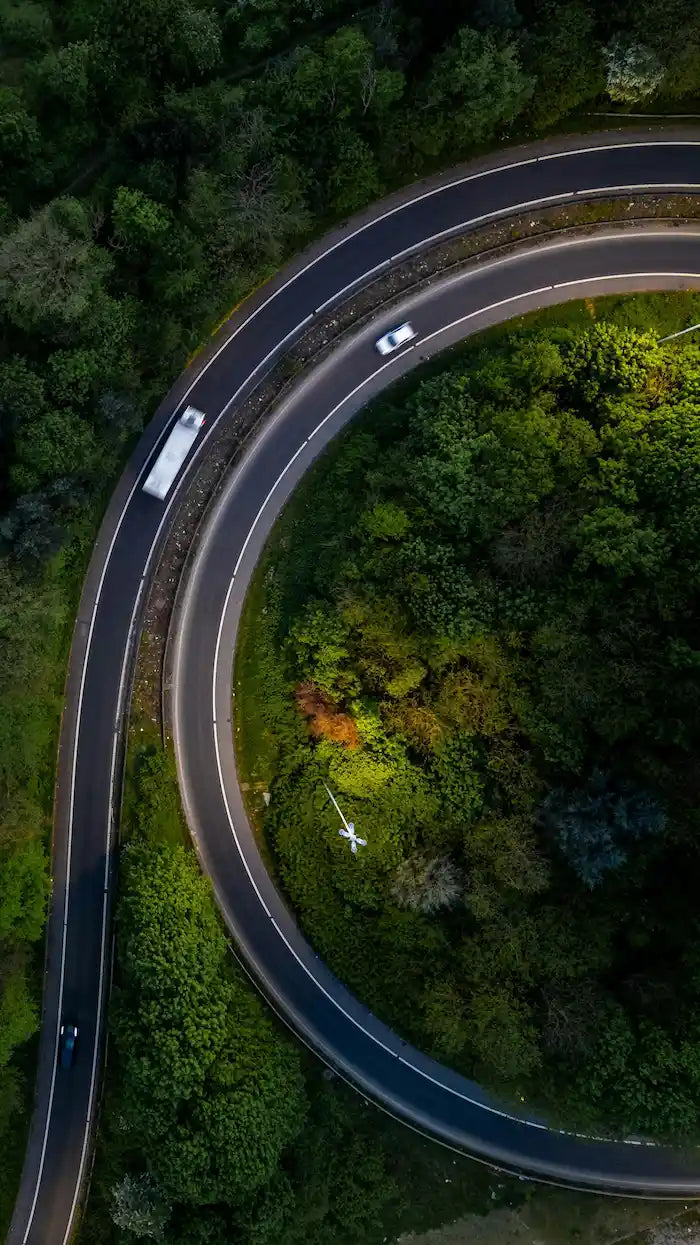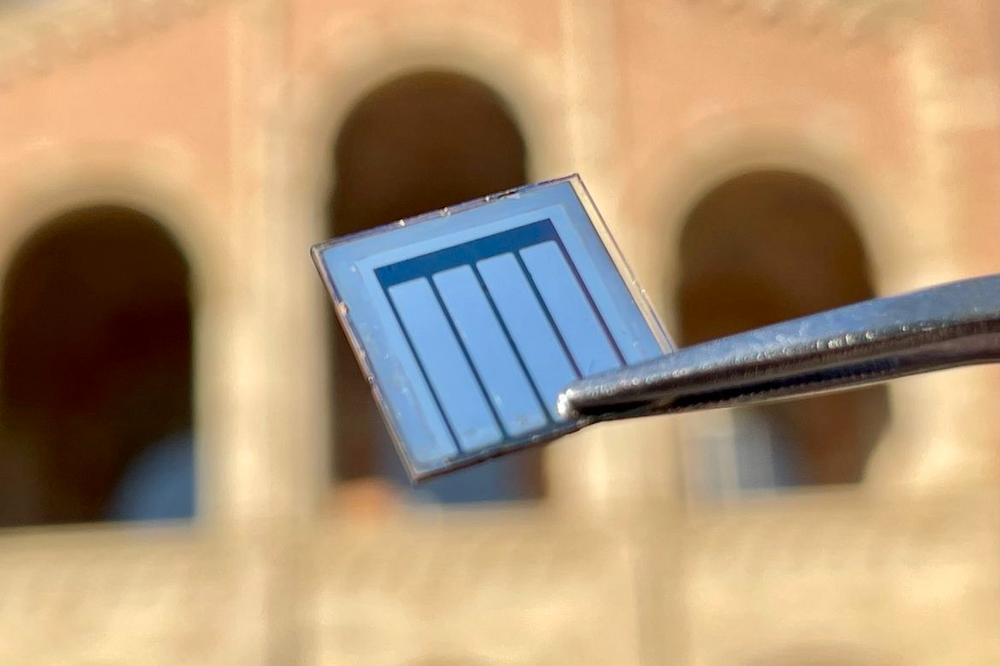Low-Light Solar Panels

The New Indoor Solar Frontier
A new and revolutionary milestone has been reached in solar technology with the development of low-light solar panels, uniquely engineered for indoor and ambient lighting conditions. Instead of traditional and standard solar panels that need direct sunlight to generate any meaningful power or energy, these brand-new and cutting-edge photovoltaic systems can now get their energy from artificial lighting, filtered sunlight through windows, and even the dim glow from electronic displays or computer screens.
Picture a world that no longer needs batteries and where a miniature photovoltaic cell can harvest and collect enough power from normal and ambient light sources to power smart IoT devices. This would transform the way we power everything, from smart home sensors to wireless technology!
Such a groundbreaking invention represents a complete paradigm shift from conventional external solar mounts to indoor power harvesting. It opens up a new world of untapped possibilities for clean and sustainable energy generation in previously inaccessible places.
The implications and advantages of this new technology extend far beyond simple energy production. This new energy revolution has the potential to transform how we plan and deploy networked devices. It can eliminate the need for batteries and create truly autonomous electronic ecosystems in our homes, offices, urban spaces, and cities.

Why Low-Light Performance Matters
Low-light solar cell performance and its new capabilities are a significant innovation for several reasons. From updating conventional energy production to addressing the fundamental inadequacies in modern technology deployment, it represents a paradigm shift. In our modern world, every individual is connected to billions of different devices, each of which requires a continuous power source. Traditional battery power, however, creates enormous waste and numerous maintenance problems.
Areas that are indoors usually receive a very low amount of light, about 200-1000 lux, while outdoor locations receive more than 100,000 lux. Standard conventional solar panels are useless when placed indoors.
As the newest generation of household products becomes more connected and internet-of-things (IoT)-enabled, dye-sensitized solar cells can now help reduce the carbon footprint of billions of new consumer products.
We need low-light capability to illuminate smart sensors, wireless gadgets, and constant monitoring equipment, which are often used indoors. An urban or city environment presents us with additional hurdles to overcome, including large areas in shadow, the shapes of new buildings that block or obscure the sun, and clouds or smog that reduce sunlight. Thus, low-light capability is now an absolute necessity for city installations.
The economic implications of this type of technology are clear, as a low-light solar panel can generate power during overcast days, dawn, dusk, and even through windows, significantly extending operational hours compared to traditional systems.
Perovskite Formulations for Low Light

Perovskite solar cells are the technological breakthrough that has allowed the development of new low-light solar energy capabilities thanks to their unique crystalline structure and tunable properties. Due to its excellent light absorption advantage across broader wavelength ranges, perovskite can easily outperform silicon in any low-light areas, including both indoor and throughout the day in cloudy conditions.
The perovskite absorber layer has a bandgap specifically tailored to capture and trap light across the entire spectrum. In contrast, transparent conductive oxide layers provide high-transparency electrical contacts for maximum solar power efficiency. The electron transport layer allows for ultra-rapid charge transfer with minimal energy loss.
Their high absorption coefficient allows ultrathin films of approximately 500 nm to absorb the entire visible solar spectrum, a property that makes them excellent at converting low-intensity light into electricity. The hole transport layer boosts charge mobility and extends product lifespan, which is necessary in indoor applications where panels must maintain performance over extended periods with minimal maintenance.
Field Testing Under Cloudy Conditions
Under testing, the performance of the low-light solar panels has consistently and significantly surpassed that of conventional panels.
Extensive testing in the real world has demonstrated that conventional silicon panels can only supply 10-20% of their rated capacity on a cloudy day, which means they are largely ineffective in changing or extreme weather conditions. In contrast, state-of-the-art low-light panels still produce 40-60% of their capacity even when tested under heavy cloud cover.
The protocols for testing involve measuring power production in various cloud densities, ranging from light and overcast to darker storm conditions. This ensures reliability across diverse weather conditions. Performance data indicate consistent energy generation in the morning and evening hours when light conditions are significantly reduced, thereby extending the operating window for the day.

Indoor & Urban Installation Benefits
There are numerous advantages to using low-light solar panels indoors in urban and city areas. The indoor solar cells allow for applications that were previously impossible with conventional solar technology. Energy autonomy and sustainable development are now within our grasp.
Indoor installation means performance no longer depends on the weather. We can generate power consistently regardless of ambient conditions. Urban environments can thus benefit from reduced infrastructure requirements, since the panels can be integrated with existing buildings with little to no changes needed.
The light and flexible nature of most low-light panels allows mounting on previously unsuitable surfaces, from raised curves to sensitive weight structures. Maintenance requirements drop significantly in protected indoor applications, resulting in lower overall operating expenses over the long term while maintaining consistent performance.

System-Level ROI in Low-Light Environments
The potential for return on investment for low-light solar panels and systems extends far beyond simple energy cost savings. It includes improved reliability, reduced maintenance, and new application opportunities. Also, traditional battery-powered devices require constant and regular replacement, which in turn results in ongoing costs and environmental impact. Low-light solar power systems can eliminate this.
Additionally, perovskite solar cells offer the advantages of thinness, lightness, and flexibility over silicon cells, allowing for easier integration in various applications, lower installation costs, and expanded deployment options.
As time passes, manufacturing and installation costs continue to decrease with expanding production sizes. This results in improved payback periods for both residential and commercial applications. Long-term value includes better property values for structures equipped with embedded smart systems, underpinned by ambient energy harvesting.
Start with CPTI Low-Light Panels
CPTI's advanced perovskite solar panels and technology offer instant opportunities to implement low-light solar solutions across various diverse environments. This new and advanced type of solar technology can power satellites, drones, robotics, and next-generation transportation with lightweight, efficient energy solutions, demonstrating proven performance in challenging applications.
The company's multi-layer perovskite architecture features transparent conductive oxides, along with optimized transport layers and protective metal oxides that boost maximum efficiency and survivability in low-light conditions.
The first set of deployments can begin with pilot projects focused specifically on indoor applications, such as wireless sensor networks and smart lighting infrastructure. Technical support for the roll-out includes system design assistance, performance modeling, and integration guidance.
Scalable solutions accommodate everything from individual device applications to building-wide possibilities, with modular designs promoting phased rollouts. The union of proven technology, prolonged support, and growing applications makes CPTI's low-light panels the ideal solution for institutions looking to embrace the future of ambient energy harvesting and sustainable power generation.
Contact us today with your specific lighting conditions and power requirements, and we’ll help you meet your energy needs with a low-light solar panel!
